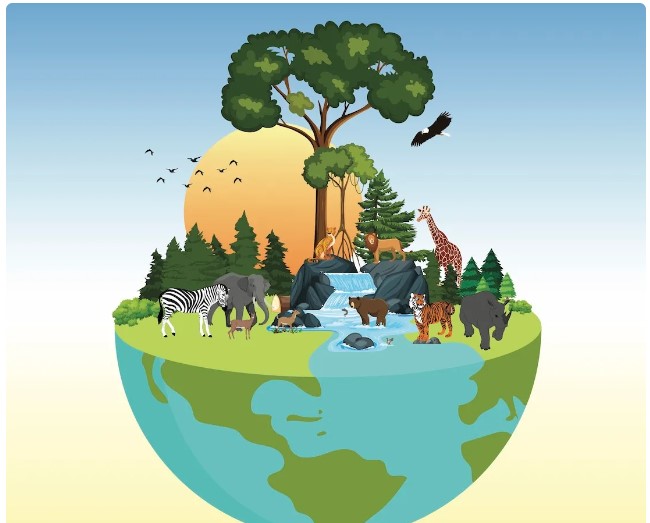In the world of agriculture, pesticides are a bit like superheroes and villains rolled into one. They protect our crops from pests and diseases, ensuring we have enough food to eat. But they can also be harmful to the environment and our health if not used responsibly. With a growing body of research on pesticides, it’s like having a mountain of information but not knowing where to start digging for the most important insights.
A recent study published in the Science of the Total Environment journal tackles this challenge head-on. The researchers used some clever data mining techniques, like a detective sifting through clues, to uncover the hidden trends and concerns in pesticide research over the past five decades.
The Data Deluge: Making Sense of the Information Overload
Imagine trying to find a specific grain of sand on a beach. That’s what it can feel like to search for relevant information in today’s world of big data. Traditional methods, like keyword searches or relying on a single database, can be like using a magnifying glass to find a needle in a haystack.
The researchers in this study recognized the need for a more powerful tool. They turned to machine learning, a type of artificial intelligence that can analyze vast amounts of data and uncover hidden patterns. Think of it like having a super-smart detective who can connect the dots and see the bigger picture.
The Method: A Deep Dive into Diverse Databases
The study employed a two-pronged approach:
- Latent Dirichlet Allocation (LDA): This machine learning algorithm is like a sorting hat that can categorize research papers into different topics based on the words and phrases they use. It helps identify the main themes and trends in pesticide research over time.
- Diverse Databases: The researchers didn’t just rely on one source of information. They combined data from multiple databases, like a detective gathering evidence from different sources, to get a more complete picture of the environmental and health impacts of pesticides.
Shifting Focus: The Evolution of Pesticide Research
The study’s findings reveal a dynamic landscape of pesticide research, with shifting priorities and concerns over time.
- Early Focus on Detection and Residues: In the early years, research was like a detective trying to find fingerprints at a crime scene. It focused on detecting pesticide residues in the environment and developing methods to measure them.
- Growing Emphasis on Health Impacts: As scientists learned more about the potential harm of pesticides, the focus shifted to understanding their effects on human health. The study identified various health concerns, including damage to the nervous system, cancer, and reproductive problems.
- Expanding Scope to Environmental Impacts: More recently, there’s been a growing awareness of the broader environmental impacts of pesticides, including their effects on ecosystems, biodiversity, and even air quality. It’s like realizing that the crime scene isn’t just the house where the incident happened, but the entire neighborhood.
Global and Local Concerns: A Closer Look
The study also highlighted geographical variations in research focus. While water pollution has been a major concern globally, soil and air pollution have gained increasing attention in recent years. The study also revealed that different countries prioritize different aspects of pesticide research, reflecting their unique environmental and health challenges.
In the context of Indonesia, the study’s findings underscore the need for a comprehensive approach to pesticide management. The country’s heavy reliance on agriculture, coupled with its rich biodiversity, makes it particularly vulnerable to the adverse effects of pesticide use.
Policy Implications: A Call for Action
The research provides valuable insights for policymakers and environmental agencies in Indonesia. It highlights the need for:
- Strengthened regulations and monitoring: Ensure that pesticides are used responsibly and that their environmental and health impacts are carefully monitored. It’s like having stricter rules and better surveillance to prevent crimes from happening in the first place.
- Promotion of sustainable alternatives: Encourage the development and adoption of safer and more environmentally friendly pest control methods. It’s like finding new ways to fight crime that don’t involve harmful weapons.
- Enhanced public awareness: Educate farmers and the general public about the safe and responsible use of pesticides. It’s like teaching people how to protect themselves and their communities from potential harm.
Conclusion
The study’s innovative approach to data mining and analysis provides a powerful tool for understanding the complex landscape of pesticide research. By revealing the evolving trends and concerns related to pesticide use, this research can inform policy decisions and guide future research directions.
As Indonesia continues to develop, it’s crucial to strike a balance between agricultural productivity and environmental sustainability. By prioritizing the responsible use of pesticides and investing in sustainable alternatives, we can protect both human health and the natural environment.

